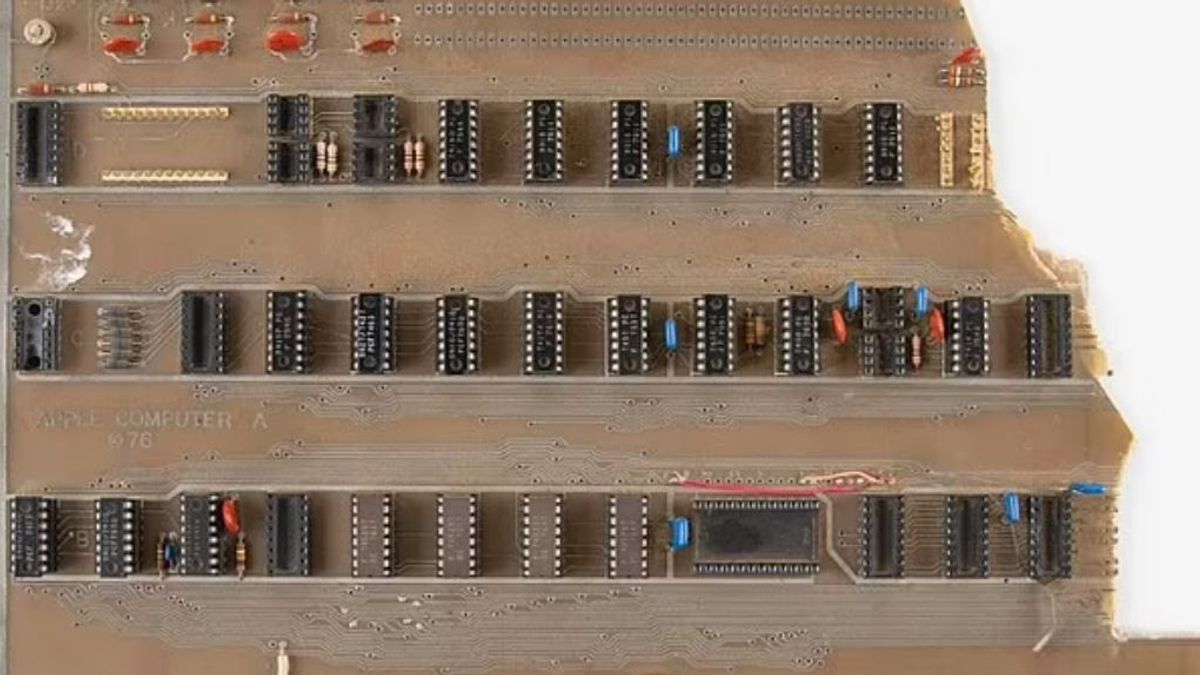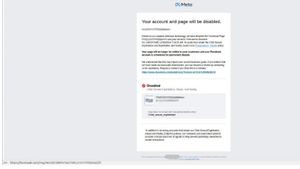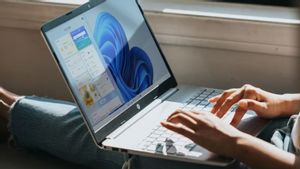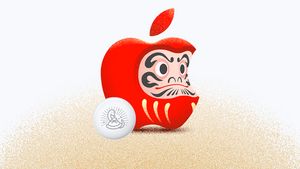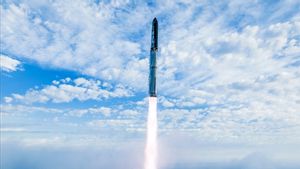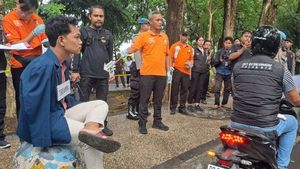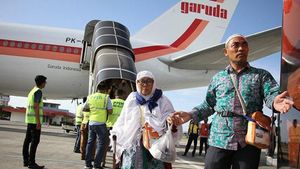JAKARTA – A 'rare' and 'historic' item from Steve Jobs, the founder of Apple, is currently being auctioned. It was a circuit board covered in chips and wires, with the words 'Apple Computer A ©76'.
It was a prototype for the Apple-1 computer, Apple's first product, which used to be sold as an assembled circuit board and lacked basic features like a keyboard or monitor. The prototype is being sold by RR Auction, a Boston-based auction house.
The initial offer is in the range of 278,005 (Rp4.1 billion) and will end on August 19. But the auction house anticipates the final selling price of this historic item will be at least US$500,000 (7.48 billion).
"Some Apple artifacts can be considered rare, early, or historic like this Apple-1 prototype," said RR Auction on the auction's item listing page. “It is the perfect embodiment of the symbiosis between Steve Jobs, Steve Wozniak, and Silicon Valley, the brilliant entrepreneur, the Einstein of electronics, and the infrastructure in which they thrive.”
RR Auction said the item was damaged, due to 'pressure on the top right' so it was 'cracked', although the photo shows the entire right corner missing.
Of the missing parts are considered to have been discarded. A Polaroid photo from 1976, provided by RR Auction, to show the board in full.
According to the auction house, the current state of the board suggests Jobs viewed the prototype 'not as something to be immortalized, but as something to be reused'.
Integrated circuits, microprocessors, and other components have been unplugged, presumably for use in early production Apple-1 computers.
RR Auction said the prototype was inspected and endorsed this year by Apple-1 expert Corey Cohen, who has produced a 13-page report on the item.
In 1976, Jobs and Wozniak created the Apple-1 computer and presented it at the computer club in Palo Alto, California.
The prototype was hand soldered directly by Wozniak, who used the 'three-handed' technique – wire in one hand, soldering iron in the other, and solder held in his mouth.
Jobs then used the prototype to demonstrate the Apple-1 to Paul Terrell, owner of The Byte Shop in Mountain View, California, one of the world's first personal computer stores.
Jobs and Wozniak have compiled it as part of a $40 do-it-yourself kit for hobbyists. But at Terrell's request, it became a fully assembled personal computer.
Terrell placed purchase orders for fifty Apple-1s, which Wozniak later called 'the largest single episode in all of the company's history'.
"Nothing in the following years has been so great and unexpected," said the Apple co-founder.
The Apple-1 went on sale in July 1976 for $666.66, because Wozniak 'liked repeated numbers', and not as a reference to the beast's number.
In all, only 200 Apple-1 computers were made before the product was discontinued the following year, of which 175 of these computers were sold.
This prototype is in the 'Apple Garage' – the garage in Steve Jobs' childhood home that was the hangout place for the Apple founders. This item remained there for many years, before being given by Steve Jobs to its current owner, some 30 years ago.
By then, Jobs had been ousted from Apple and headed another computer company he had founded, NeXT.
Jobs did rejoin Apple in 1996 and led the company through its most successful period, overseeing the launch of the iMac G3, iPod, iPhone and more.
The English, Chinese, Japanese, Arabic, and French versions are automatically generated by the AI. So there may still be inaccuracies in translating, please always see Indonesian as our main language. (system supported by DigitalSiber.id)
